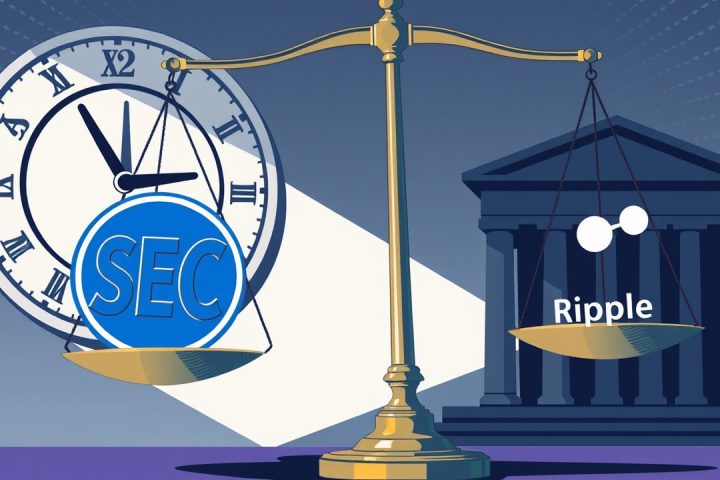Introduction
In the wake of the fallout from Silicon Valley Bank (SVB), the emergence of Erebor, a new stablecoin bank backed by high-profile figures such as Palmer Luckey and Joe Lonsdale from Palantir, highlights the growing convergence of cryptocurrency with traditional banking systems. Experts are expressing caution regarding the integration of stablecoins within financial institutions, noting it could present both significant risks and rewarding opportunities.
Expert Insights
Mitchell Amador, CEO of Immunefi, a company specializing in blockchain security, conveyed his expertise on the potential hazards tied to this union. He explained that while banks integrating decentralized finance (DeFi) protocols may increase their operational capabilities, they also become more susceptible to various risks. He said:
“The ambition to adopt stablecoins is understandable and likely represents the future trajectory for fintech and banking on a broader scale. However, this strategy is not without danger.”
Amador elaborated that as banks begin to export their ledgers and create more connections with the overall financial ecosystem, they might find themselves dependent on the stability of the ecosystem and the smart contract technology that underpins it. The reliance on these systems shifts a portion of the responsibility for security to the banks, complicating their operations.
Traditional Banking vs. DeFi
Traditionally, banks have operated within protected frameworks like SWIFT and Fedwire for currency transfers, which contrasts with the decentralized nature of DeFi that often relies on third-party controlled smart contracts that can contain vulnerabilities. He mentioned:
“This transition necessitates a specific emphasis on crypto authentication and security, particularly in treasury management contexts. Not every bank will navigate this transition successfully.”
Many exchanges today function as quasi-banking entities primarily dealing with stablecoins, maintaining only a tenuous connection to fiat currencies. This new proposal mirrors that concept, with significant implications for the sector.
Conclusion
In light of the challenges faced by crypto companies in securing banking services—often deemed too high risk—this trend follows the dramatic collapse of SVB in 2023, which was largely influenced by its exposure to U.S. Treasury yields. As the sector evolves, the interaction between stablecoins and traditional banking warrants close scrutiny to avoid potential pitfalls in this expanding financial landscape.




